Cotton is a versatile shrub known for its soft fibers. It belongs to the family Malvaceae, which also includes plants like hibiscus. It is scientifically called Gossypium and plays a crucial role in various industries worldwide.
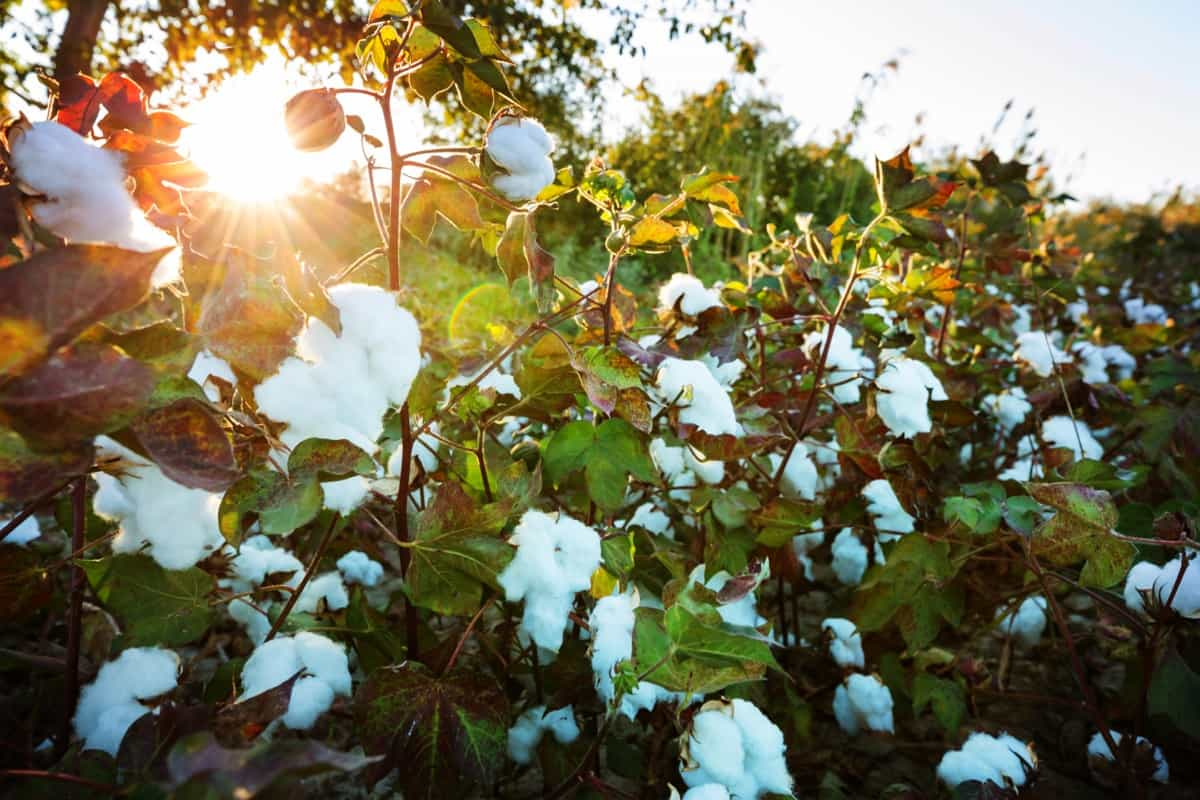
Understanding Cotton Farming
Cotton farming can also have environmental benefits when practiced sustainably. Due to its valuable fiber used in textile production, Cotton plays a significant role in various industries worldwide. The importance of Cotton farming goes beyond just its economic value. Cotton cultivation supports the livelihoods of millions of farmers worldwide and sustains rural communities, especially in developing countries where the agriculture sector is a major source of income.
From selecting suitable varieties to managing pests and diseases, each step requires careful attention and expertise. Farmers must choose the right location with optimal soil conditions and climate for healthy crop development. Planting Cotton seeds at the correct depth and spacing is essential for robust growth. Proper nutrient management ensures that plants receive adequate nutrition throughout their lifecycle. Regular watering, especially during critical growth stages, promotes healthy development.
Choosing the Right Location
The ideal location should have plenty of sunlight and well-drained soil. Cotton plants thrive in warm climate regions with temperatures between 15-35°C. Before selecting a site, consider factors like soil quality, water availability, and proximity to other crops. Testing the soil pH levels can help determine if the land is suitable for Cotton cultivation.
Additionally, ensure there are no obstructions that may block sunlight or hinder airflow around the plants. It’s important to research local weather patterns, as excessive rain or drought can impact Cotton growth. Avoid low-lying areas prone to flooding and select a spot with good air circulation to reduce the disease.
Best Cotton Varieties
Some popular Cotton varieties include “Deltapine 1646,” known for its high yield potential and excellent fiber quality. Another top choice is “Phytogen 72,” which offers good disease resistance and adaptability to various growing conditions. For those looking for early maturing options, consider “Stoneville 4946” with its quick maturity and strong yield performance.
In case you missed it: Whitefly Management in Cotton Crop: Symptoms, Control, and Best Insecticides for Cotton
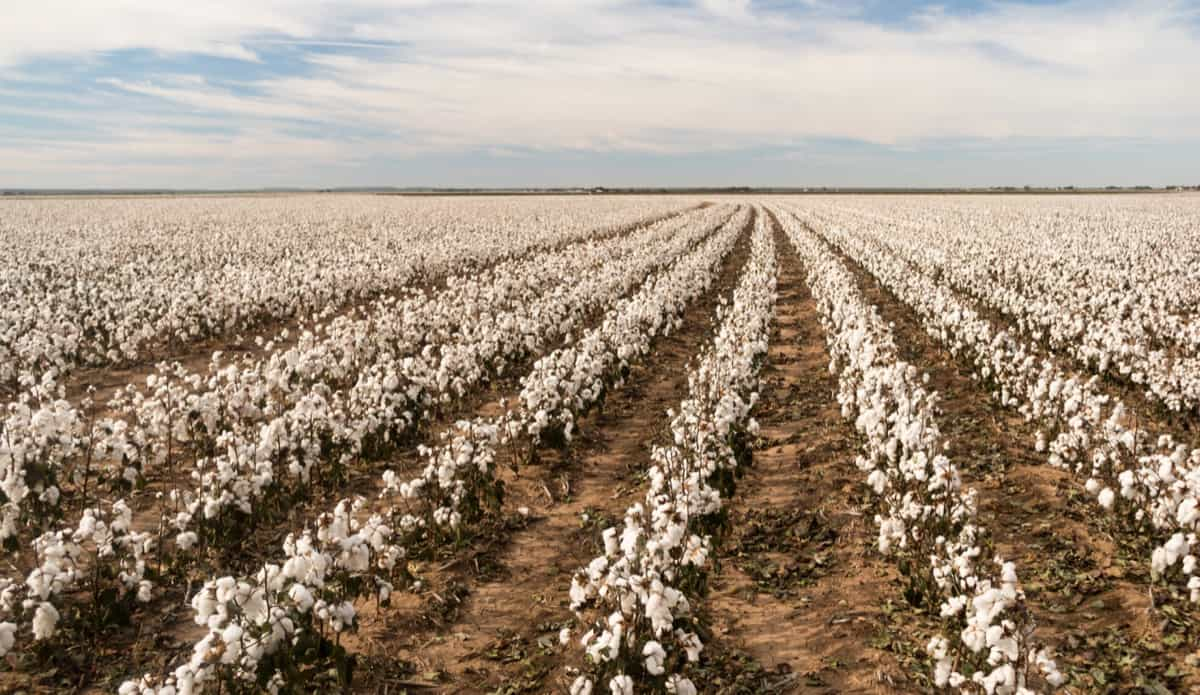
“FiberMax 1830GLT” stands out for its insect resistance traits, making it a reliable choice for pest management. Additionally, “PHY480 W3FE” is favored for its exceptional fiber strength and length. Each Cotton variety has unique characteristics suited to different farming needs. By selecting the best fit for your specific conditions, you can optimize your crop’s potential and maximize yields.
Planting Cotton
Cotton plant thrives in warm climates with plenty of sunlight and well-drained soil. Before planting Cotton, make sure to prepare the soil by tilling it thoroughly and removing any weeds or debris. Selecting the best Cotton varieties for your specific region is essential for a successful crop. Some popular varieties include Pima Cotton, upland Cotton, and Sea Island Cotton. Make sure to purchase high-quality seeds from a reputable supplier.
Planting should be done at the optimal time based on your location’s climate conditions. Ensure proper spacing between Cotton plants to allow for adequate airflow and prevent overcrowding. After planting, monitor your crop’s growth progress by regularly monitoring water levels and nutrient needs. Proper care during this early stage sets the foundation for a healthy Cotton harvest down the line.
Nutrient Management
Cotton plants need nutrients like nitrogen, phosphorus, and potassium to thrive. Soil testing is an important aspect of determining the nutrient levels in the soil accurately. Based on the results, farmers can develop a tailored fertilization plan to meet their Cotton plants’ needs throughout the growing season. Balanced fertilization helps ensure that Cotton plants receive adequate nutrition at each growth stage, promoting healthy development and maximizing yields.
Over-fertilization can lead to nutrient imbalances or environmental pollution, while under-fertilization may result in stunted growth and reduced yields. By monitoring nutrient levels regularly and adjusting fertilization practices accordingly, farmers can optimize crop health and productivity while minimizing negative environmental impacts.
Watering Your Cotton Plants
Watering your Cotton plants is crucial to ensuring healthy growth and optimal yield. Cotton plants require consistent moisture to thrive, especially during the main stages of flowering and boll development. It’s important to water your Cotton plants deeply but infrequently to prevent waterlogging. Avoid shallow watering, which can lead to surface roots and make the Cotton plants more susceptible to drought stress.
In case you missed it: Sucking Mealybugs in Cotton Crop: Symptoms, Causes, Control, and Treatment

Monitoring soil moisture levels regularly is key to determining when to water your Cotton plants again. Factors like temperature, humidity, and rainfall patterns influence how often you need to irrigate. Consider using soaker hoses to efficiently deliver water directly to the plant roots. This method also helps reduce weed growth by targeting water where it’s needed most—at the base of the plants.
Remember that overwatering Cotton plants can be just as detrimental as underwatering, leading to root rot and nutrient leaching. Strike a balance by adjusting your watering schedule based on seasonal conditions and plant needs for healthy Cotton production.
Managing Pests and Diseases
Managing pests and diseases in Cotton farming is crucial to ensure a healthy crop and maximize yields. Some important pests that can wreak havoc on Cotton plants include boll weevils, aphids, spider mites, and caterpillars. These pesky invaders can damage the plants by feeding on leaves, stems, and bolls. To combat these pests effectively, farmers often use integrated pest management strategies, such as planting resistant varieties, practicing crop rotation, and using biological control methods like introducing beneficial insects.
Additionally, regular field scouting helps detect pest infestations early on so that suitable measures can be taken promptly. Fusarium wilt, Verticillium wilt, and bacterial blight are among the most common diseases affecting Cotton crops. Proper sanitation practices and the implementation of disease-resistant varieties are essential steps in preventing the spread of these pathogens.
Weed Control Strategies
Weed control is crucial in Cotton farming to ensure a healthy yield. One effective strategy is mulching, which helps suppress weed growth by control weed seeds from germinating. Another method is hand weeding, which involves manually removing weeds to stop them from competing with Cotton plants for nutrients and water. Using cover crops like legumes can also help smother weeds while adding nitrogen back into the soil. Implementing crop rotation practices can disrupt weed life cycles, reducing their impact on your Cotton crop.
Utilizing pre-emergent herbicides before planting can prevent weed seeds from sprouting, giving your Cotton plants a competitive edge. Regularly scouting your fields to identify early signs of weed infestations allows for timely intervention using targeted herbicides or mechanical methods. Remember that maintaining a proactive approach to weed management throughout the growing season is key to a successful Cotton harvest.
Monitoring Growth
Once you have planted your Cotton seeds and they start sprouting, it’s essential to monitor their growth closely. Check their height, the development of leaves and branches, and any signs of stress or disease. Measure the height of your Cotton plants regularly to ensure they are growing at a healthy rate. Compare their progress to recommended growth milestones for optimal yield potential.
In case you missed it: Pests and Diseases Management in Cotton: Causes, Symptoms, Chemical, and Biological Control
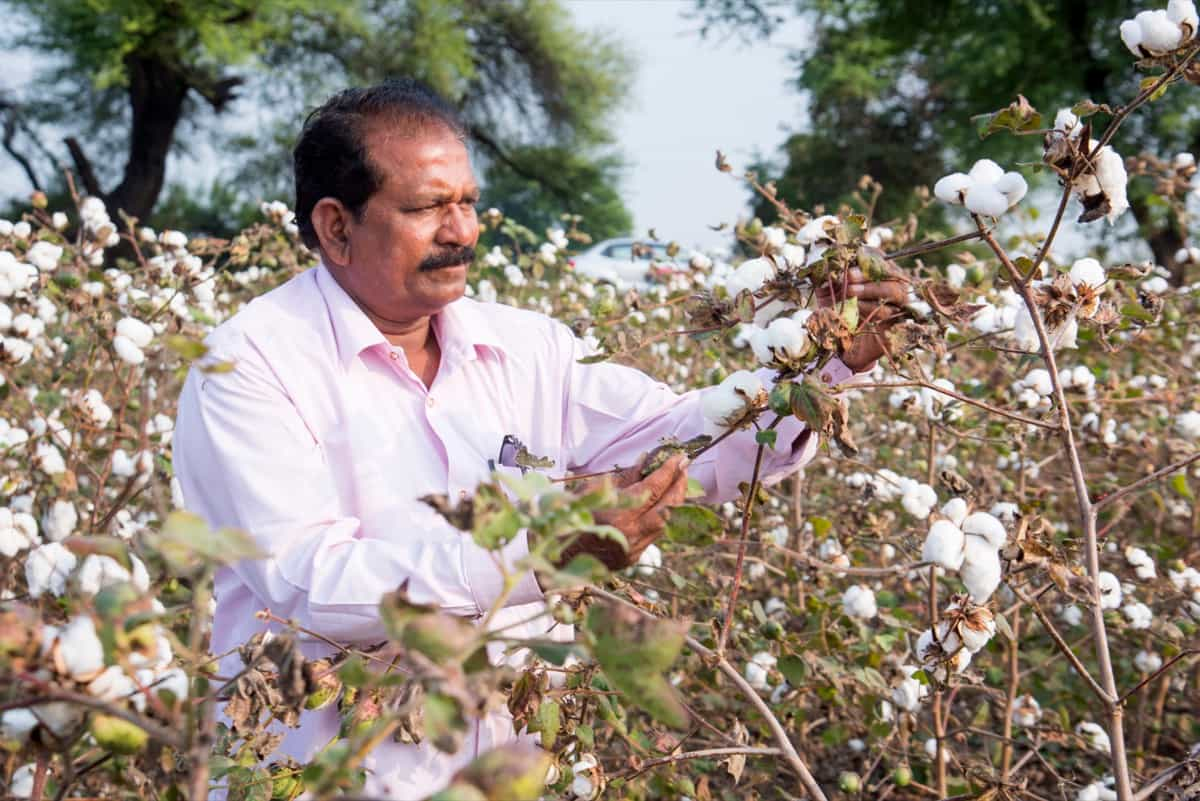
Inspect the color and size of leaves regularly. Vibrant green leaves indicate healthy growth, while yellowing may signal nutrient deficiencies or other issues that need attention. Check for pests or disease signs such as bollworms, aphids, or fungal infections. Early problem detection is key to preventing widespread damage. By monitoring growth consistently throughout the growing season, you can find issues that may arise and maximize your Cotton crop’s potential yield.
Pruning and Thinning Cotton Plants
Pruning and thinning are crucial tasks in maintaining a healthy crop. By removing excess vegetation, you allow for better air circulation, promoting overall plant growth. Thinning helps to space out the plants evenly, preventing overcrowding, which can be affected by competition for nutrients and increased susceptibility to diseases. When pruning Cotton plants, focus on removing diseased branches to prevent the spread of infections.
Additionally, cutting back excessive growth redirects energy toward fruit production rather than unnecessary foliage. It’s essential to use sharp tools when pruning to make clean cuts that heal quickly. Thinning should be done carefully by selecting weaker or less productive plants for removal while leaving the healthiest ones intact. This practice ensures that each plant has ample resources for optimal development and higher yields come harvest time.
Harvesting Cotton
Once your Cotton plants have reached maturity and the bolls have opened up, it’s time to start harvesting. Harvesting Cotton is a crucial stage in the farming process that requires careful timing and precision. To ensure maximum yield and quality, it’s essential to pick the Cotton at the right moment when the fibers are fully developed. When harvesting Cotton, it’s important to use proper equipment, such as mechanical harvesters or hand-picking, depending on the scale of your farm.
Mechanical harvesters can efficiently pick large amounts of Cotton quickly, while hand-picking allows for more delicate handling of the crop. Whichever method you choose, follow best practices for optimal results. After harvesting, separate the lint from the seeds using a gin machine or by hand if working on a smaller scale. The lint is then compressed into bales ready for transportation to gins, where further processing will take place before reaching consumers worldwide.
Average Yield of Cotton
The average yield of Cotton can change based on weather conditions, soil quality, and farming practices. On average, a well-managed Cotton farm can yield around 1,500 to 2,000 pounds of Cotton lint per acre. Factors like proper nutrient management, timely irrigation, pest control measures, and weed management all play a crucial role in finding the final yield of Cotton crops. Farmers need to closely monitor their crops throughout the growing season to ensure optimal development.
In recent years, advancements in agricultural technology have helped improve the average yield of Cotton worldwide. From genetically modified varieties to precision farming techniques, farmers have more tools at their disposal to maximize their crop yields effectively. Achieving a high average yield of Cotton requires dedication, hard work, and knowledge about best practices in Cotton farming.
Tips to Boost Cotton Flowering
Ensure that your Cotton plants receive adequate sunlight. Cotton thrives in full sun, so make sure they get at least 6-8 hours of sunlight daily. Maintain proper soil moisture levels. Cotton plants need consistent watering, especially during the critical stages of flowering. Avoid overwatering or underwatering, as it can impact flower development.
In case you missed it: Best Fertilizer for Cotton: Organic, Compost Manure, Liquid, NPK, and Schedule
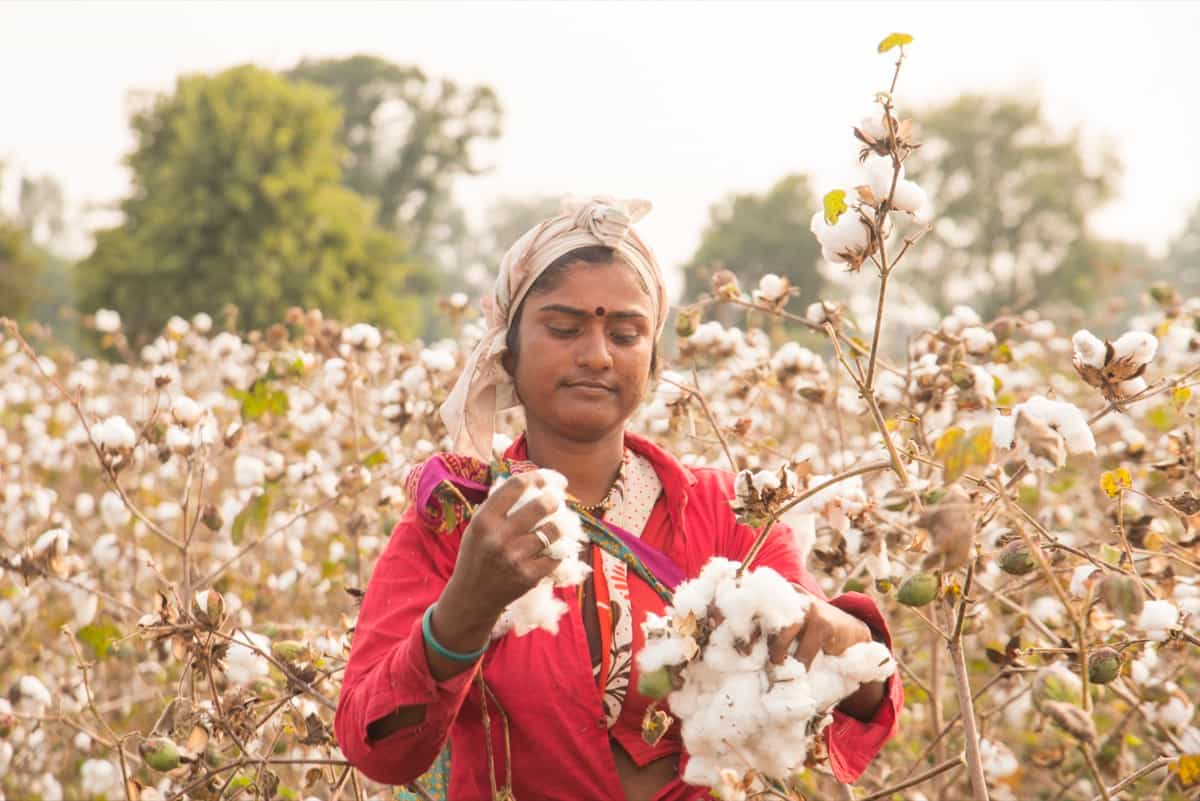
Consider using fertilizers rich in phosphorus and potassium to promote healthy flower formation. These nutrients are essential for strong root development and blooming. Additionally, regular pruning can help increase airflow around the plant, reducing the risk of diseases that may hinder flowering. Keep an eye out for any pests or diseases that could affect flowering and address them promptly to ensure optimal growth and bloom production.
Post-Harvest Handling and Storage of Cotton Bolls
After all the hard work of growing and harvesting Cotton, it’s crucial to handle and store the precious Cotton bolls properly. Post-harvest handling begins with carefully picking the Cotton bolls to avoid damaging them. Once harvested, remove any debris or foreign matter from the bolls to ensure quality.
Proper storage is key to maintaining the quality of Cotton. Store Cotton in a dry and well-ventilated area to prevent moisture. Using appropriate pest control methods is also important to protect the stored Cotton from pests. When storing large quantities of Cotton, consider using breathable containers like burlap sacks or bins. Also, regularly monitor the temperature levels in your storage area.
Sustainable Practices in Cotton Farming
Sustainable practices in Cotton farming are crucial for the environment and the long-term viability of farms. One key practice is crop rotation, which helps prevent soil depletion and reduces pest infestations. Utilizing cover crops can also improve soil health by adding nutrients and preventing erosion. Another sustainable approach is integrated pest management, which involves using natural predators and organic pesticides to control pests without damaging beneficial insects or the environment.
In case you missed it: Make Lakhs with Cotton Farming, Find Out Simple Facts and Techniques
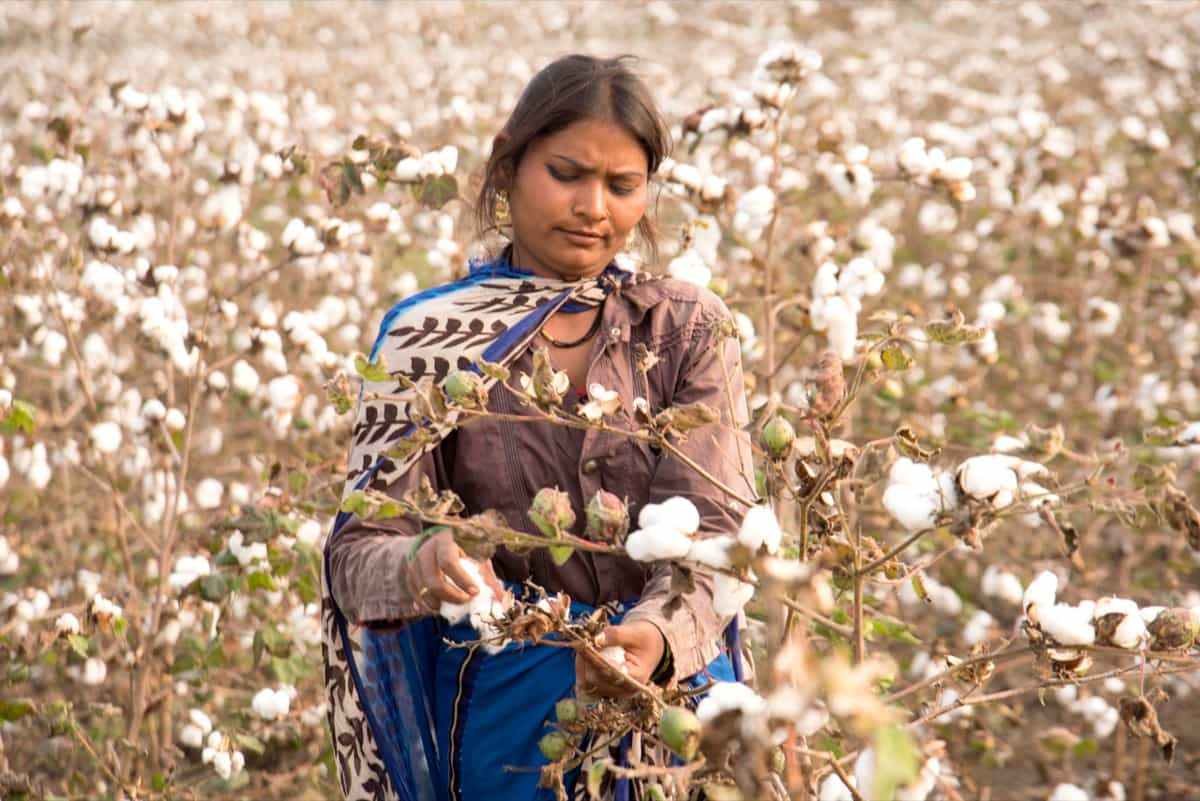
Implementing water conservation methods can reduce water usage while maintaining adequate moisture levels for Cotton plants. Furthermore, adopting organic farming methods like composting and avoiding synthetic chemicals promotes biodiversity and minimizes environmental impact. By following the planting steps, farmers can increase their chances of a successful Cotton harvest. From selecting the right location and variety to managing pests and diseases, each stage of the process plays an important role in ensuring a bountiful yield.
- Types of Pesticides Used in Agriculture: A Beginner’s Guide
- Economical Aquaculture: A Guide to Low-Budget Fish Farming
- 15 Common Planting Errors That Can Doom Your Fruit Trees
- How to Make Houseplants Bushy: Effective Tips and Ideas
- Innovative Strategies for Boosting Coconut Pollination and Yield
- Pollination Strategies for Maximum Pumpkin Yield
- The Complete Guide to Chicken Fattening: Strategies for Maximum Growth
- Natural Solutions for Tulip Problems: 100% Effective Remedies for Leaf and Bulb-Related Issues
- Revolutionizing Citrus Preservation: Towards a Healthier, Greener Future
- Natural Solutions for Peony Leaf and Flower Problems: 100% Effective Remedies
- Maximizing Profits with Avocado Contract Farming in India: A Comprehensive Guide
- Natural Solutions for Hydrangea Problems: 100% Effective Remedies for Leaf and Flowers
- The Ultimate Guide to Choosing the Perfect Foliage Friend: Bringing Life Indoors
- From Sunlight to Sustainability: 15 Ways to Use Solar Technology in Agriculture
- The Ultimate Guide to Dong Tao Chicken: Exploring from History to Raising
- The Eco-Friendly Makeover: How to Convert Your Unused Swimming Pool into a Fish Pond
- Mastering the Art of Delaware Chicken Farming: Essentials for Healthy Backyard Flocks
- 20 Best Homemade Fertilizers for Money Plant: DIY Recipes and Application Methods
- How to Craft a Comprehensive Free-Range Chicken Farming Business Plan
- Brighten Your Flock: Raising Easter Egger Chickens for Beauty and Bounty
- How to Optimize Your Poultry Egg Farm Business Plan with These Strategies
- Subsidy for Spirulina Cultivation: How Indian Government Schemes Encouraging Spirulina Farmers
- Ultimate Guide to Raising Dominique Chickens: Breeding, Feeding, Egg-Production, and Care
- Mastering the Art of Raising Jersey Giant Chickens: Care, Feeding, and More
- Ultimate Guide to Raising Legbar Chickens: Breeding, Farming Practices, Diet, Egg-Production
- How to Raise Welsummer Chickens: A Comprehensive Guide for Beginners
- How to Protect Indoor Plants in Winter: A Comprehensive Guide
- Ultimate Guide to Grow Bag Gardening: Tips, Tricks, and Planting Ideas for Urban Gardeners
- Guide to Lotus Cultivation: How to Propagate, Plant, Grow, Care, Cost, and Profit
- Agriculture Drone Subsidy Scheme: Government Kisan Subsidy, License, and How to Apply Online
- Ultimate Guide to Raising Araucana Chickens: Breed Profile, Farming Economics, Diet, and Care
- Bringing Hydroponics to Classroom: Importance, Benefits of Learning for School Students
- Ultimate Guide to Raising Polish Chickens: Breed Profile, Farming Economics, Diet, and Care
- Ultimate Guide to Raising Australorp Chickens: Profile, Farming Economics, Egg Production, Diet, and Care
- Silkie Chicken Farming: Raising Practices, Varieties, Egg Production, Diet, and Care
- Sussex Chicken Farming: Raising Practices, Varieties, Egg Production, Diet and Care
Please give the detail of recent diseases ,there prevention and chamicals application for cotton.
hello,
I would like to know about when is cotton cultivated in india, especially gujarat.
what is the sowing season and when is it harvested
In Gujarat, in fully irrigated fields, planting of cotton starts in month of May, while rainfed/partially irrigated fields, sowing in with onset of monsoon, somewhere in June month. Cotton is 150-180 days crop. Harvesting starts at Nov end
What is the water requirement per hectare per day for growing cotton.